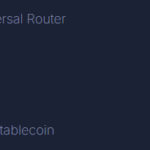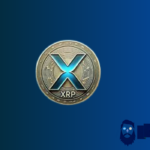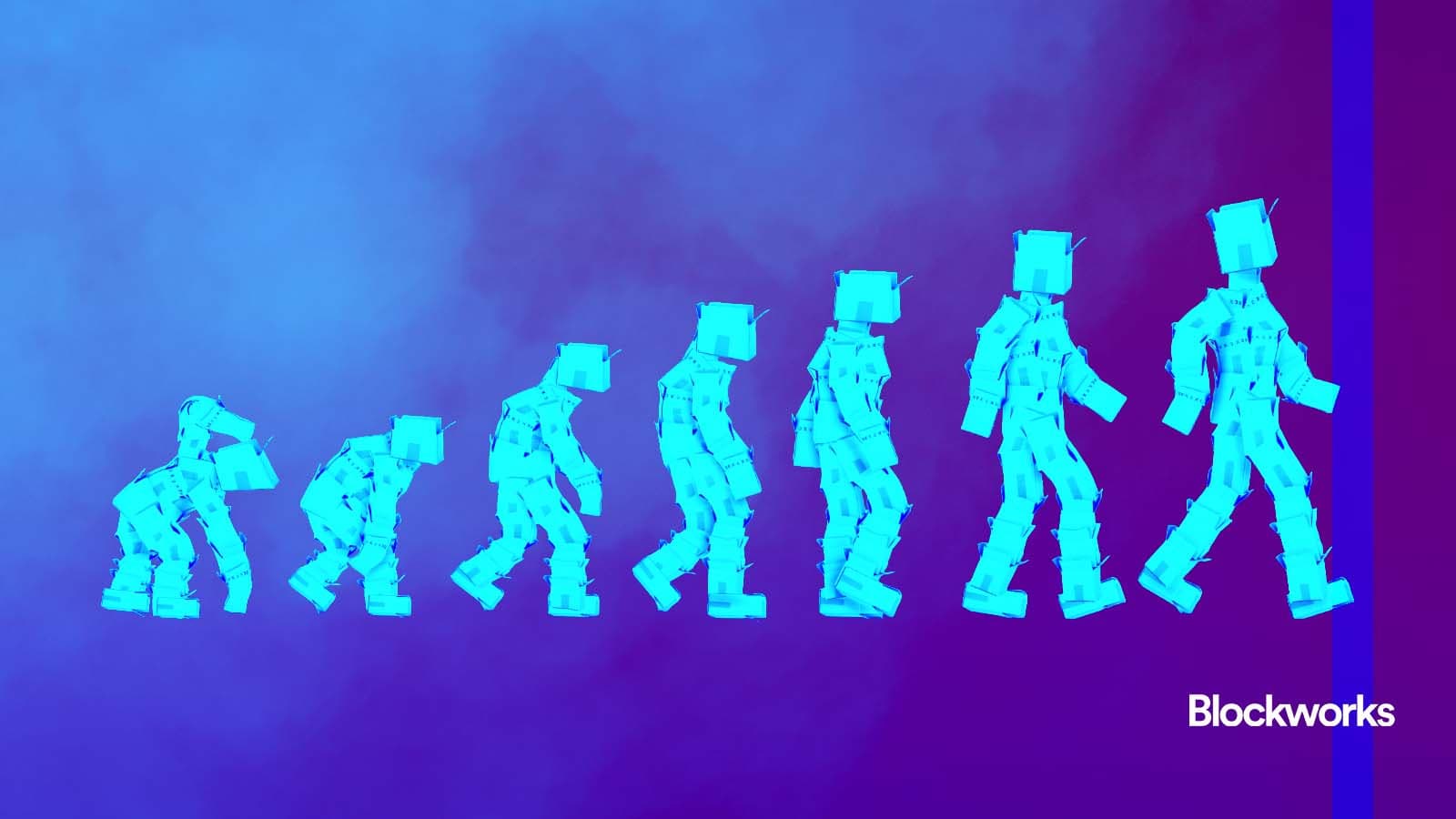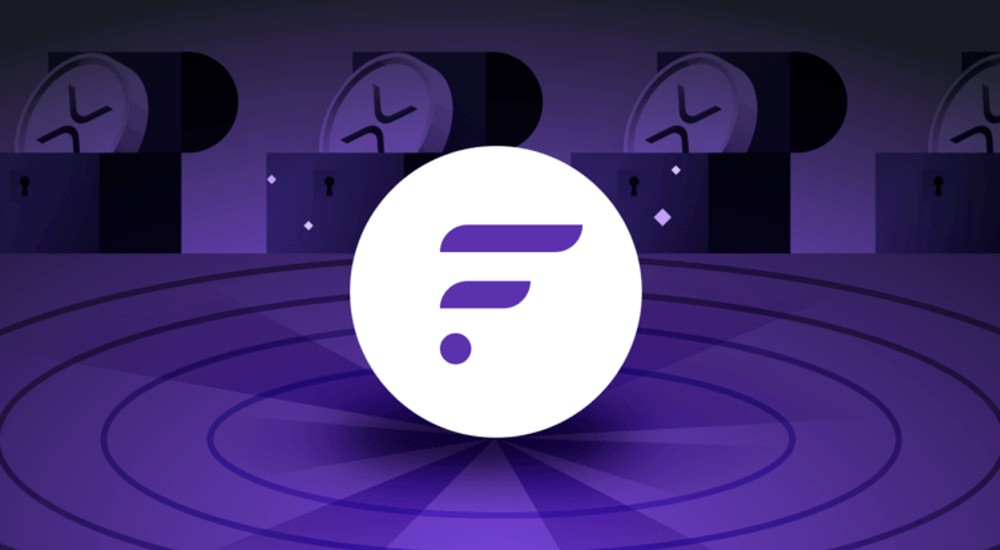Fees are killing Web3 — not because they’re expensive (many blockchains and layer-2s boast fees as low as fractions of a cent), but because their very existence creates friction for users.
Fees don’t just cost money — they cost usability. Users are blocked from interacting onchain unless they hold a given blockchain’s native token. Want to use Ethereum? You’ll need ETH. On Solana? You’ll need SOL. Every network has its own currency.
Before new adopters can engage with anything — be it a token transaction, an NFT mint or a decentralized app — they must navigate the process of obtaining and securely storing the proper native gas asset.
For seasoned crypto enthusiasts, this might feel like second nature. You, of course, are a tech savant. You’re reading a crypto publication and you probably learned how to go to an exchange, share your bank details, obtain a token, store it on a hardware wallet, connect to MetaMask, exchange it for another token that you’ll use to power your transaction…and so on ad nauseam.
Read more: Is mass adoption still crypto’s most important goal?
And this is all fine if you’re using a blockchain for DeFi (for example). You don’t mind the learning curve if there’s a clear financial incentive.
But…for the next billion users? Do we really expect a billion Facebook users to jump into this tangle of counterintuitive technobabble and make it work? No. It’s not going to happen.
The only way for our industry to move beyond the “early adopters” phase and start onboarding the “early majority” is to eliminate these barriers. We need to make this process as intuitive and simple as using the internet we’re looking to replace.
And that means no more fees. Ever. Period.
Looking back, fees served several critical functions in blockchain’s early days. They acted as a deterrent to spam by requiring a small cost for each transaction, effectively discouraging malicious actors from overloading their respective networks with meaningless activity.
Read more from our opinion section: DeFi’s slow infrastructure is holding back mass adoption
At the same time, fees provided miners with financial incentives to validate and secure transactions, ensuring the network’s integrity and sustainability, especially as block rewards decreased over time. Fees also allowed users to prioritize transactions during periods of high demand.
This framework was groundbreaking in its time, but that was nearly 16 years ago. With advances in blockchain technology and shifting user expectations, isn’t it time to rethink this outdated approach and explore what’s next?
To start with, we need to shift focus onto building apps that feel seamless and intuitive for users. Imagine a platform where users can engage freely — minting NFTs, sharing content or transacting — without ever needing to think about gas fees.
What if apps operated on an entirely different financial model — one where developers could delegate the ability to transact to users, entirely eliminating fees and the need for tokens?
We’ve seen attempts to address this before; for instance, protocols that claim to be “feeless” by covering fees on behalf of users in a bid to win their loyalty. But such models are unsustainable. They depend on temporary funding or token incentives that distort the market, create reliance on artificial subsidies and inevitably deplete with time.
Rather, I’m talking about a completely free-to-use model that doesn’t cost anything at all.
There are a variety of ways a truly feeless blockchain network could be accomplished. One approach involves allocating network resources to users, which are consumed during transactions and automatically regenerate over time. Hardcoding this directly into the network would eliminate the need for users to pay fees directly while ensuring the network remains secure and efficient.
Or perhaps more developers could focus on alternative consensus mechanisms, such as directed acyclic graph (DAG) structures, where users validate each other’s transactions without relying on miners or traditional fees.
Read more: Rethinking Ethereum consensus with Beam Chain
Regardless of the path taken to get there, our end goal should be an ecosystem where developers can build apps that look and feel just like the ones the uninitiated use every day — intuitive, seamless and free of unnecessary friction.
Web3 was never supposed to change the world for a few million crypto enthusiasts. It was supposed to make digital life better for everyone. But instead of tackling the root of Web3’s dysfunction, successive protocols have doubled down on the fallacious assumption that fees are an unavoidable necessity.
While these challenges continue to hinder mainstream adoption for now, the tides appear to be changing. And I’m pretty sure that in a few years, the idea of paying to use a blockchain will seem as antiquated as the landline.
Start your day with top crypto insights from David Canellis and Katherine Ross. Subscribe to the Empire newsletter.
Explore the growing intersection between crypto, macroeconomics, policy and finance with Ben Strack, Casey Wagner and Felix Jauvin. Subscribe to the Forward Guidance newsletter.
Get alpha directly in your inbox with the 0xResearch newsletter — market highlights, charts, degen trade ideas, governance updates, and more.
The Lightspeed newsletter is all things Solana, in your inbox, every day. Subscribe to daily Solana news from Jack Kubinec and Jeff Albus.









